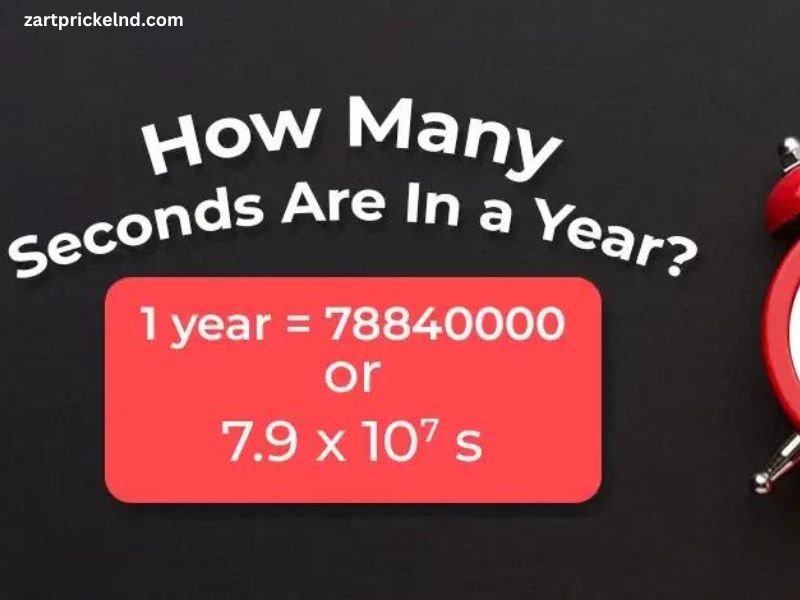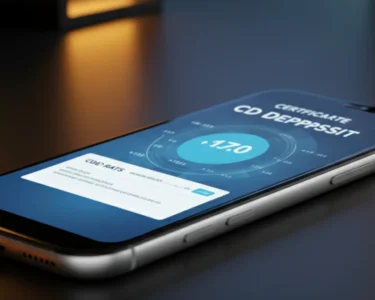Time, an integral part of our lives, governs everything from our daily routines to scientific measurements. Among the myriad of ways we measure time, seconds are a fundamental unit, often used in calculations and scientific studies. One intriguing question that arises is, “How many seconds are there in a year?” To answer this question comprehensively, we need to explore various aspects of time measurement, including the different types of years and their durations.
The Basics of Time Measurement
Time is universally measured in seconds, minutes, hours, days, months, and years. The second, being the base unit in the International System of Units (SI), serves as the foundation for other time measurements. Understanding the number of seconds in a year requires breaking down the year into its constituent parts and then performing some straightforward calculations.
Types of Years
To accurately determine the number of seconds in a year, we must first clarify the different types of years:
- Common Year: A common year in the Gregorian calendar, which is the most widely used calendar system, consists of 365 days.
- Leap Year: A leap year has 366 days, including an extra day in February (February 29) to keep the calendar year synchronized with the astronomical year.
The Gregorian calendar introduces a leap year every four years to correct the discrepancy between the calendar year and the Earth’s orbital period around the Sun.
Calculating Seconds in a Common Year
To find out how many seconds are in a common year, follow these steps:
- Days in a Year: Start with the number of days in a common year, which is 365 days.
- Hours in a Day: Each day consists of 24 hours.
- Minutes in an Hour: Each hour is made up of 60 minutes.
- Seconds in a Minute: Each minute contains 60 seconds.
With these values, you can calculate the total number of seconds in a common year as follows:
Total Seconds=Days×Hours per Day×Minutes per Hour×Seconds per Minute\text{Total Seconds} = \text{Days} \times \text{Hours per Day} \times \text{Minutes per Hour} \times \text{Seconds per Minute}
Substitute the values:
Total Seconds=365×24×60×60\text{Total Seconds} = 365 \times 24 \times 60 \times 60 Total Seconds=31,536,000\text{Total Seconds} = 31,536,000
Thus, there are 31,536,000 seconds in a common year.
Calculating Seconds in a Leap Year
A leap year has an additional day compared to a common year. Therefore, the calculation involves 366 days instead of 365. The formula remains the same:
Total Seconds=Days×Hours per Day×Minutes per Hour×Seconds per Minute\text{Total Seconds} = \text{Days} \times \text{Hours per Day} \times \text{Minutes per Hour} \times \text{Seconds per Minute}
Substitute the values for a leap year:
Total Seconds=366×24×60×60\text{Total Seconds} = 366 \times 24 \times 60 \times 60 Total Seconds=31,622,400\text{Total Seconds} = 31,622,400
Hence, there are 31,622,400 seconds in a leap year.
Average Number of Seconds per Year
To account for both common and leap years over a long period, such as a decade or century, we calculate the average number of seconds per year. This is essential for precise timekeeping and scientific applications.
- Leap Year Frequency: Leap years occur every four years, so within a 4-year cycle, there are 3 common years and 1 leap year.
- Total Seconds in a 4-Year Cycle:Total Seconds=(3×31,536,000)+(1×31,622,400)\text{Total Seconds} = (3 \times 31,536,000) + (1 \times 31,622,400) Total Seconds=94,608,000+31,622,400\text{Total Seconds} = 94,608,000 + 31,622,400 Total Seconds=126,230,400\text{Total Seconds} = 126,230,400
- Average Seconds per Year:Average Seconds per Year=Total Seconds in 4 Years4\text{Average Seconds per Year} = \frac{\text{Total Seconds in 4 Years}}{4} Average Seconds per Year=126,230,4004\text{Average Seconds per Year} = \frac{126,230,400}{4} Average Seconds per Year=31,557,600\text{Average Seconds per Year} = 31,557,600
On average, there are 31,557,600 seconds in a year.
Application and Significance
Understanding the number of seconds in a year is crucial for various fields:
- Astronomy: Accurate time measurement is essential for tracking celestial events and calculating orbits.
- Physics: Precision in time calculations is vital for experiments and understanding fundamental constants.
- Technology: Systems like GPS and telecommunications rely on precise timekeeping to synchronize operations.
Conclusion
In summary, the number of seconds in a year depends on whether it is a common year or a leap year. A common year has 31,536,000 seconds, while a leap year contains 31,622,400 seconds. The average number of seconds per year, accounting for both types of years, is approximately 31,557,600. This calculation highlights the importance of precision in timekeeping and its applications across various scientific and technological domains.
Understanding the number of seconds in a year not only provides insight into the fundamental structure of time but also underscores its significance in various fields. Whether for scientific research, technology, or daily life, accurate time measurement remains a cornerstone of modern understanding and progress.



